
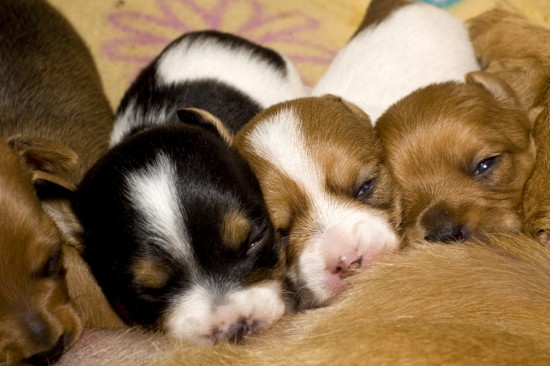
If you have decided to breed from your dog, there's a lot to think about as the time for whelping draws nearer, and it's really important to be fully prepared for any foreseeable eventuality and with everything you need close at hand.
Whether you're a first time breeder or are already experienced in the magic of watching new puppies come into the world, you're going to have a lot on your mind as the labour begins, and having a handy list of the kit to prepare and some directions to follow can be invaluable in making sure that everything goes smoothly and with the minimum amount of stress.
As the time of whelping draws near, make sure you have your contingencies in place -
Your whelping box is the place where the bitch will give birth, and will be your new puppies first home for the initial three weeks of their lives.
The whelping box will need to be of a large enough size for your bitch to stretch out, turn around and generally be comfortable, as well as having room to accommodate the new puppies. It will need to have walls around the sides high enough to keep the puppies from crawling off while they are still little, but with access for the bitch to get in and out with ease.
You will need to pad out the floor and sides of the box with plenty of comfortable bedding, and have enough spare bedding on hand to be able to change it regularly as needed.
Keep newspaper and some old rags on hand to use for whelping itself, which understandably can get messy. You might also want to keep a couple of hot water bottles (securely wrapped to prevent burns) or some heat pads ready for the new puppies.
Remember, dogs have been giving birth unaided since time out of mind, so it's possible and in fact likely that the role you will play in the birth itself will be minimal unless any problems arise.
Dogs of some breeds and types are more likely than others to need help with the birth, particularly breeds with large heads which may require assistance or even caesarean section help to deliver. Some dogs almost always need to be whelped by caesarean section- brachycephalic dogs (breeds like the boxer and pug with squashed up faces) especially. The British bull dog is a good example, with over 80% of their litters being delivered surgically. If you know that it is likely that your dog will require a caesarean section, you will need to plan for this and make contact with your vet well in advance in order to ensure a smooth labour.
If you have decided in consultation with your vet that your bitch will give birth at home, you should have the following equipment on hand and ready for the onset of labour, be able to judge if and when you will need to utilise any of it, and be confident in your ability to do so. If this is your first experience of birthing puppies or if you are at all unsure, it can be really helpful to have a vet or experienced breeder on hand to help and advise in person.
You will need-
As the impending birth draws nearer, you will probably need to monitor your bitch regularly day and night, including taking her temperature and checking for any signs of distress. Make sure you have a comfortable chair, sleeping bag and pillows or a bean bag at ground level ready for you to use to stay comfortable and close at hand and attend to your bitch's needs. Don't forget to keep yourself hydrated and eating regularly, particularly if your bitch's labour lasts for a protracted period of time. Remember, you won't be able to help your bitch or perform at your best if you're not in tip top condition yourself!
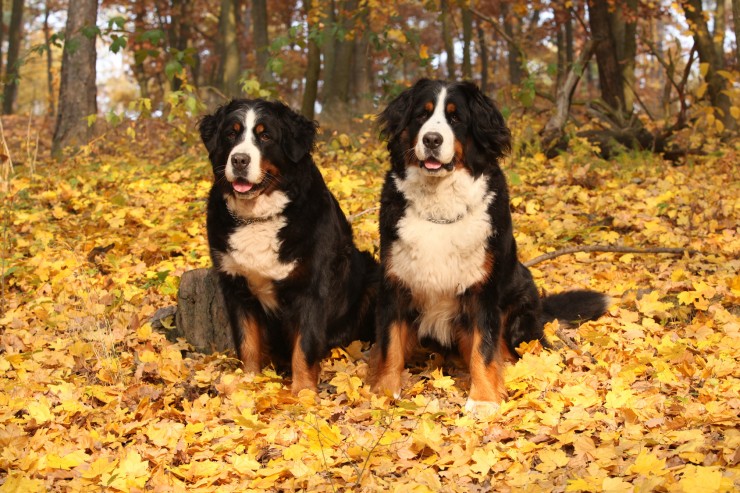 Dogs Copy Other Dog’s Behaviour - Good And Bad!
Dogs Copy Other D
Dogs Copy Other Dog’s Behaviour - Good And Bad!
Dogs Copy Other D
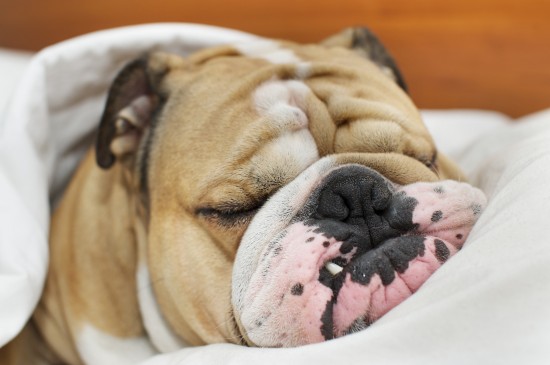 Dealing With Canine Nightmares
Dealing With Cani
Dealing With Canine Nightmares
Dealing With Cani
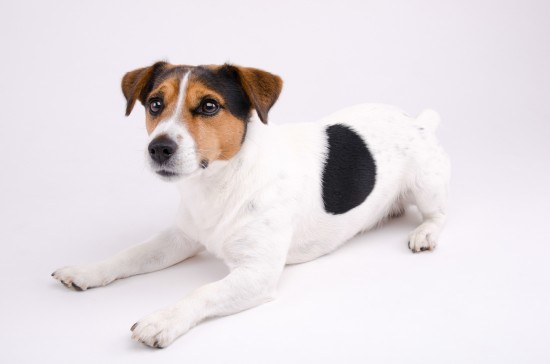 Some Important And Yet Commonly Overlooked Aspects Of Small Dog Care
Some Important An
Some Important And Yet Commonly Overlooked Aspects Of Small Dog Care
Some Important An
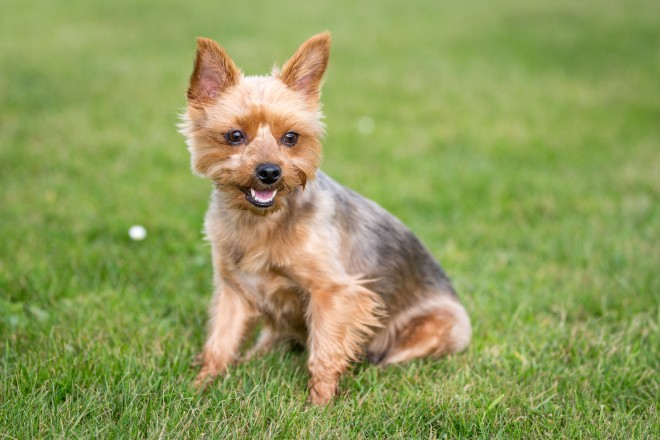 Yorkshire Terrier Health Testing And Genetic Diversity
Yorkshire Terrier
Yorkshire Terrier Health Testing And Genetic Diversity
Yorkshire Terrier
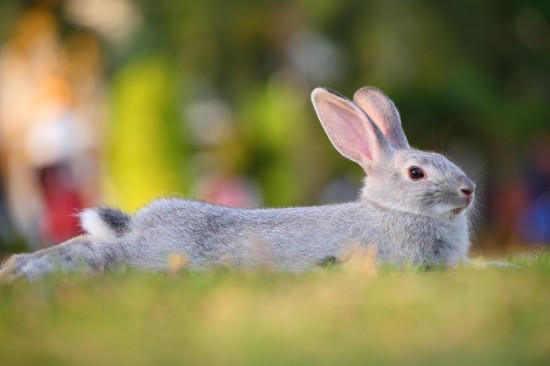 Caring For Your Rabbit During The Summer
Caring For Your R
Caring For Your Rabbit During The Summer
Caring For Your R
Copyright © 2005-2016 Pet Information All Rights Reserved
Contact us: www162date@outlook.com